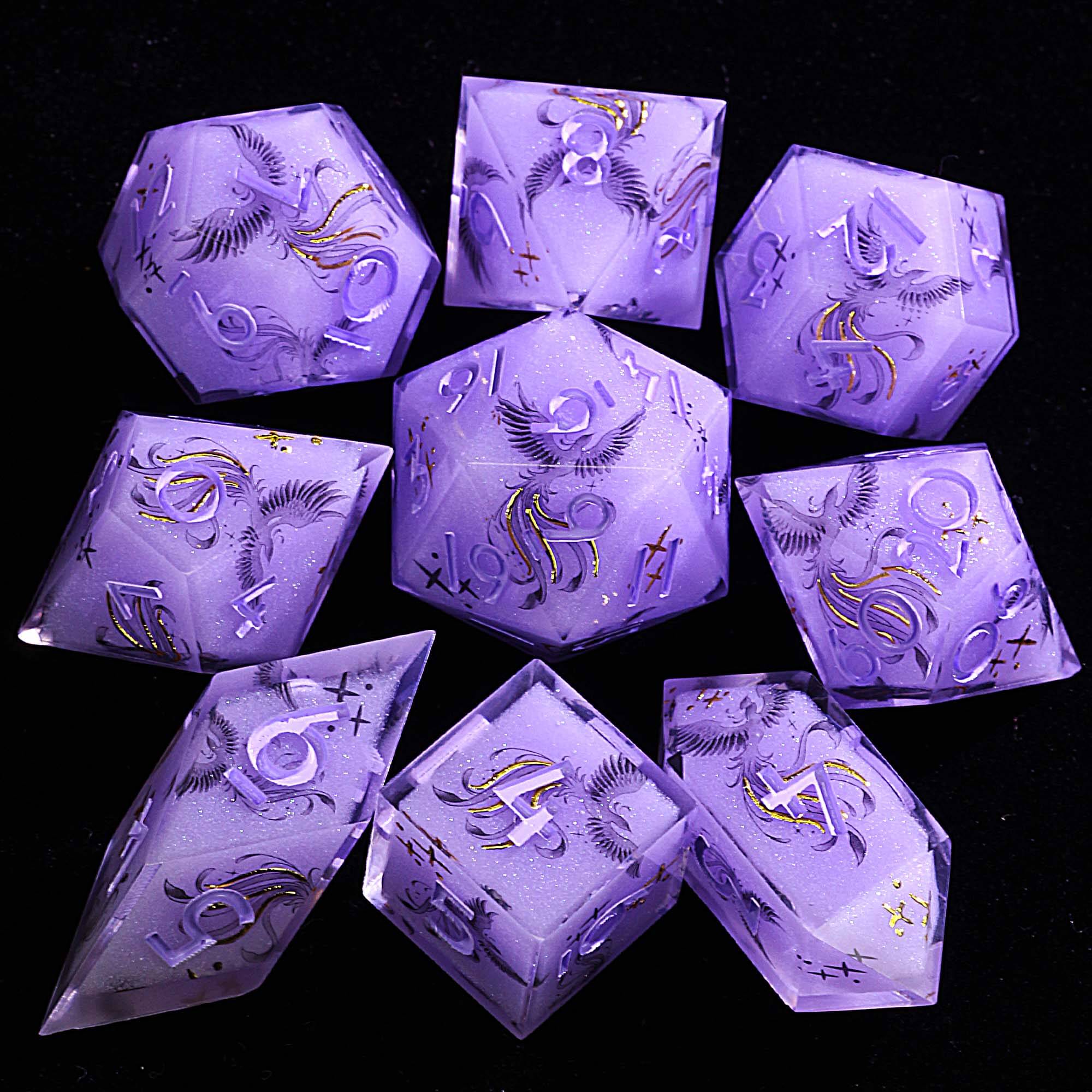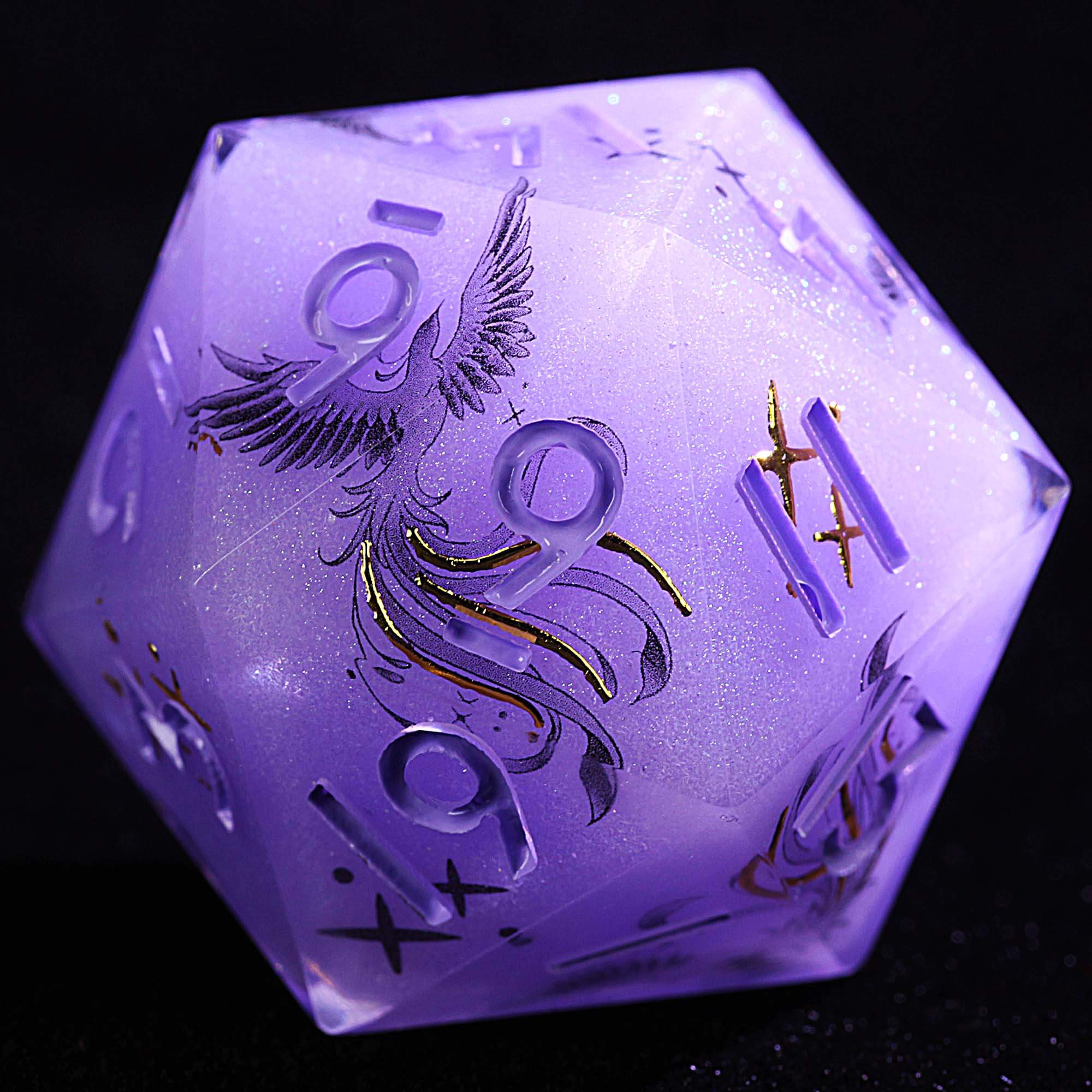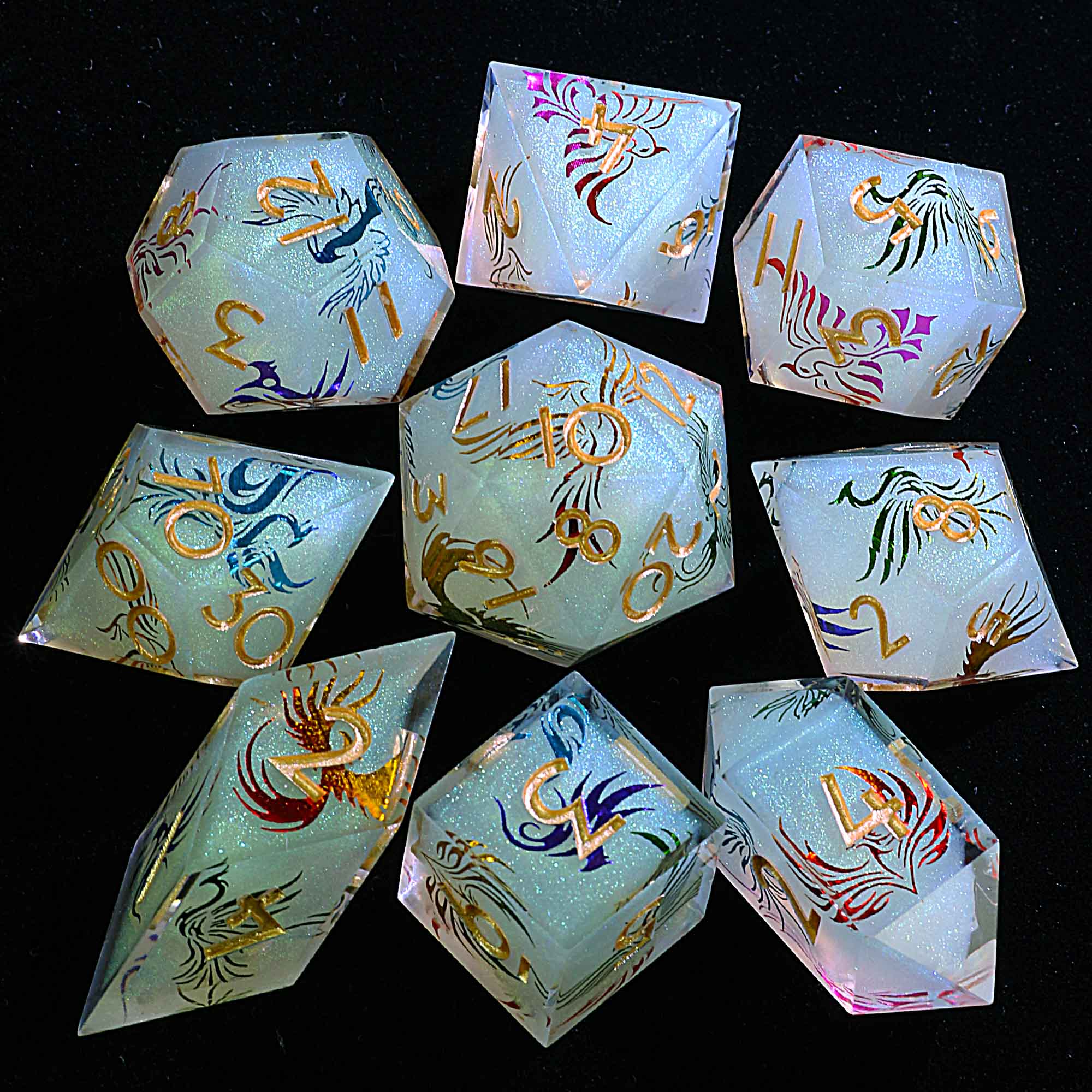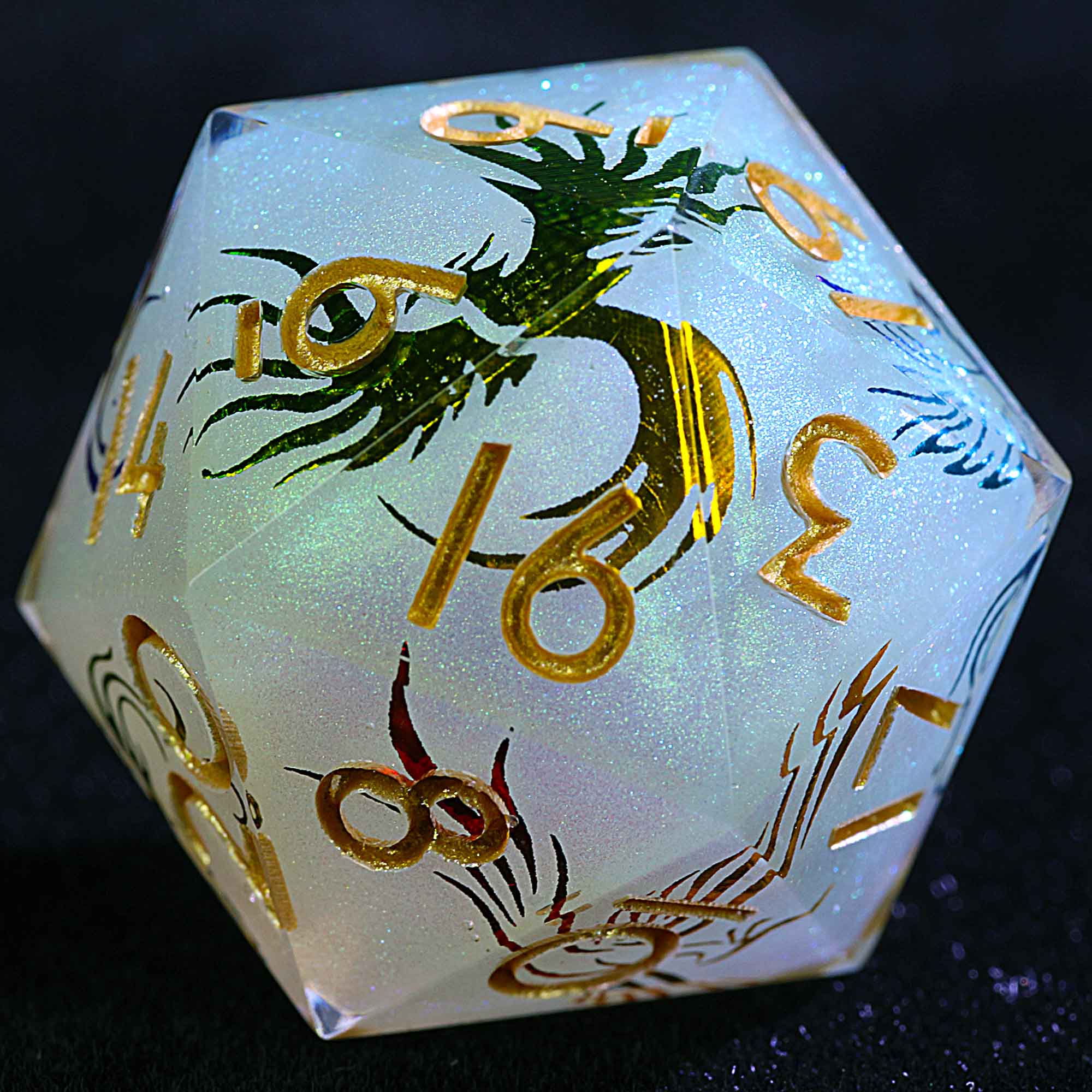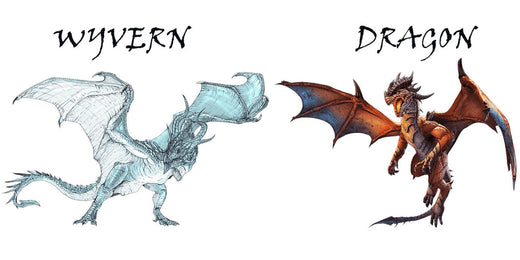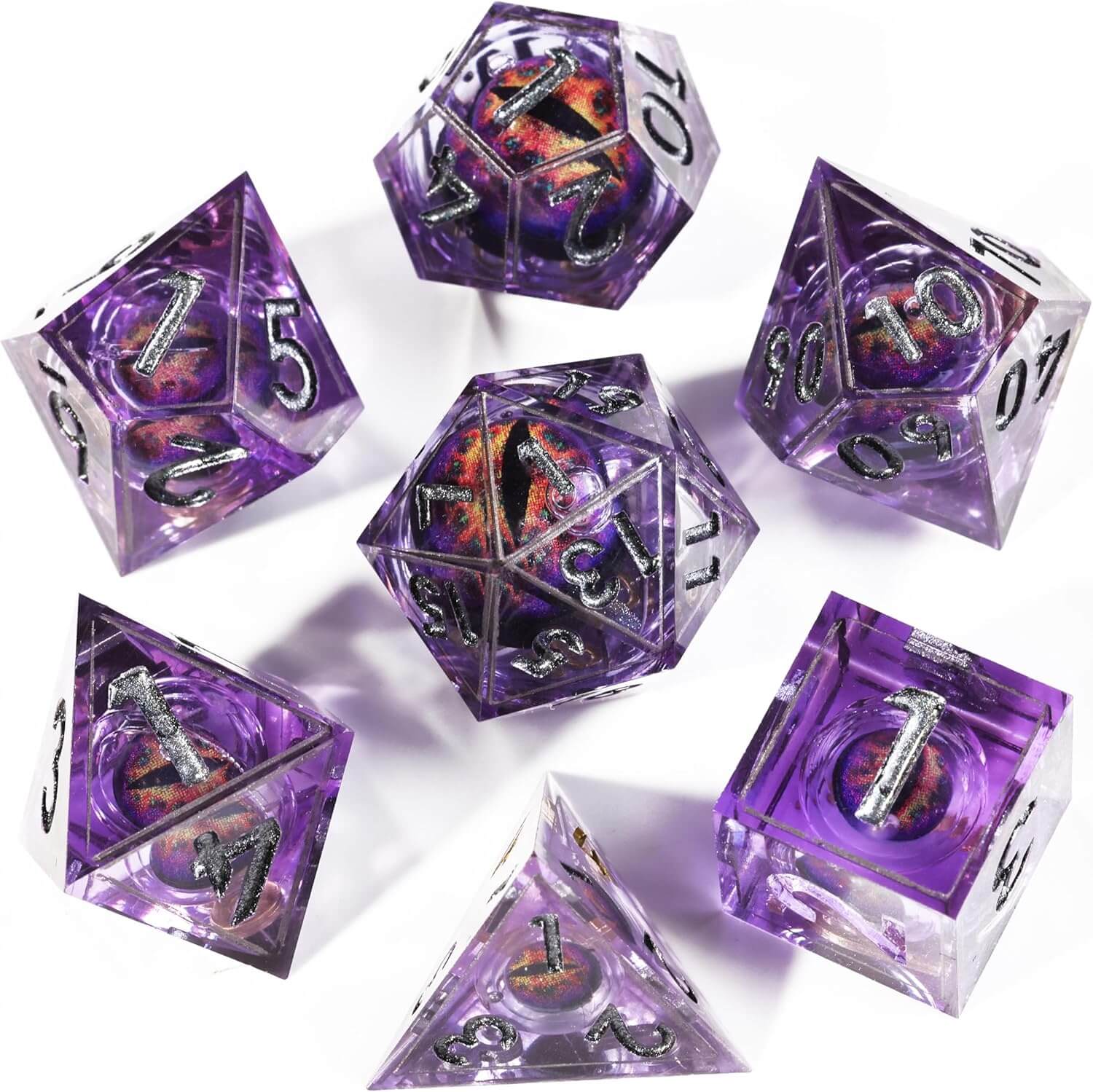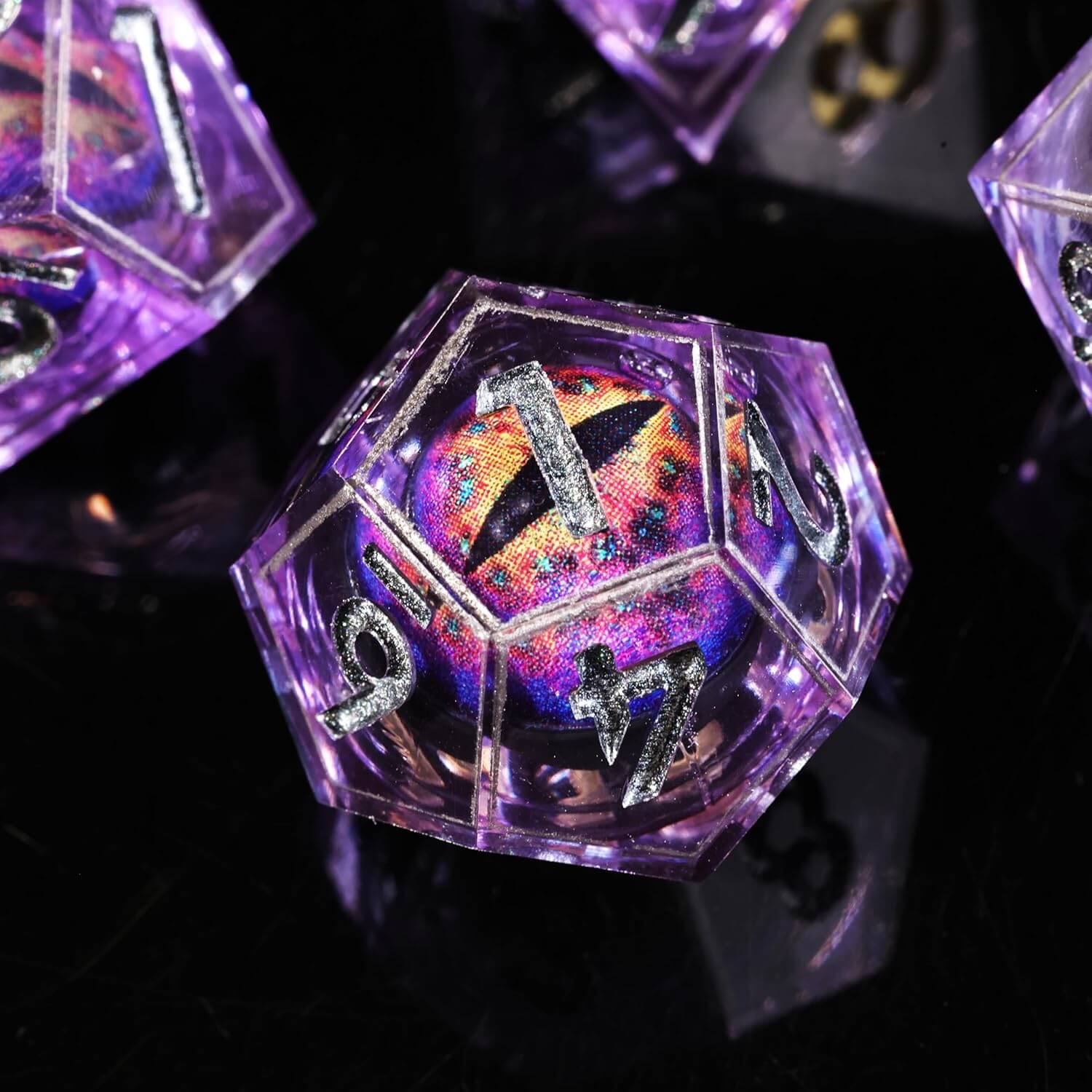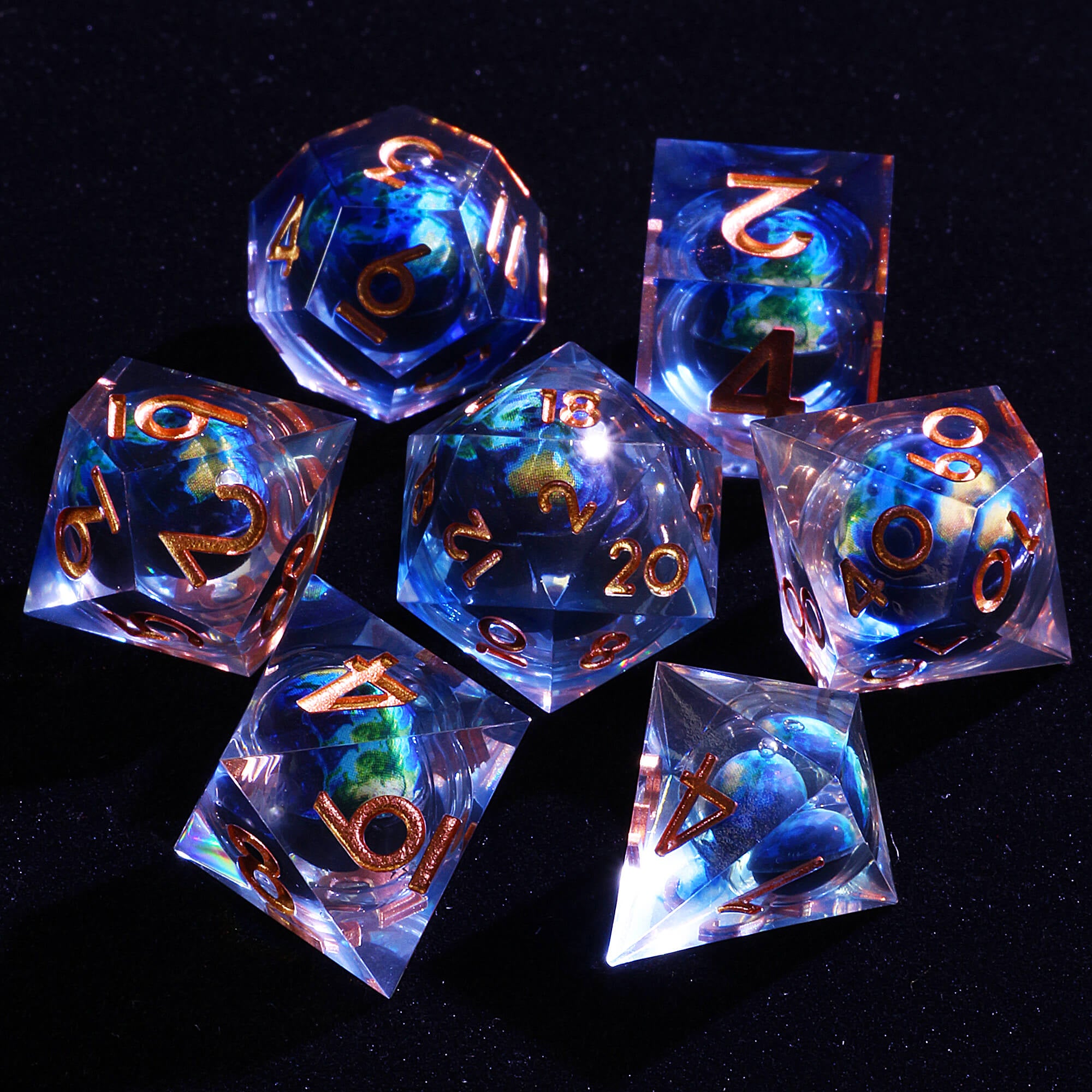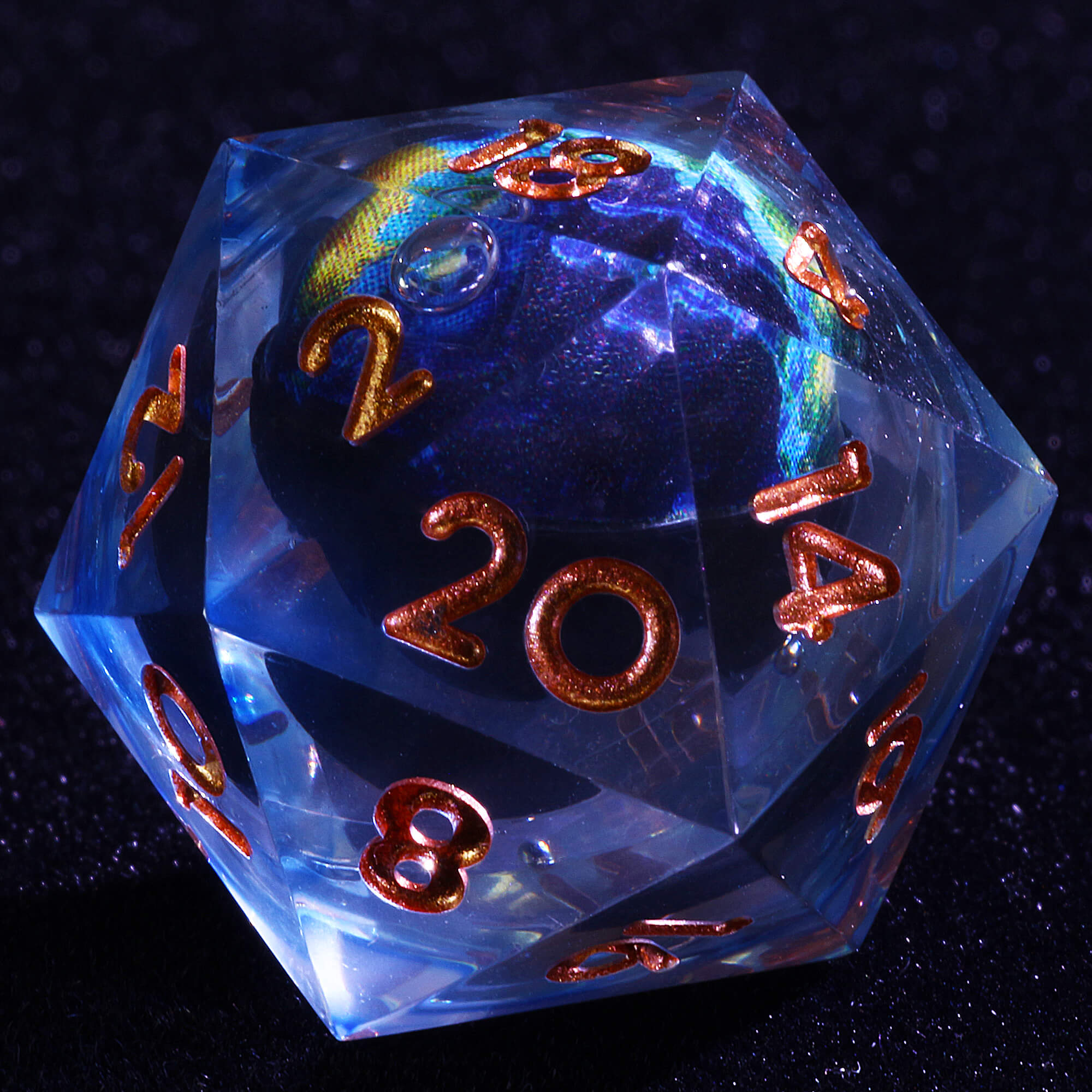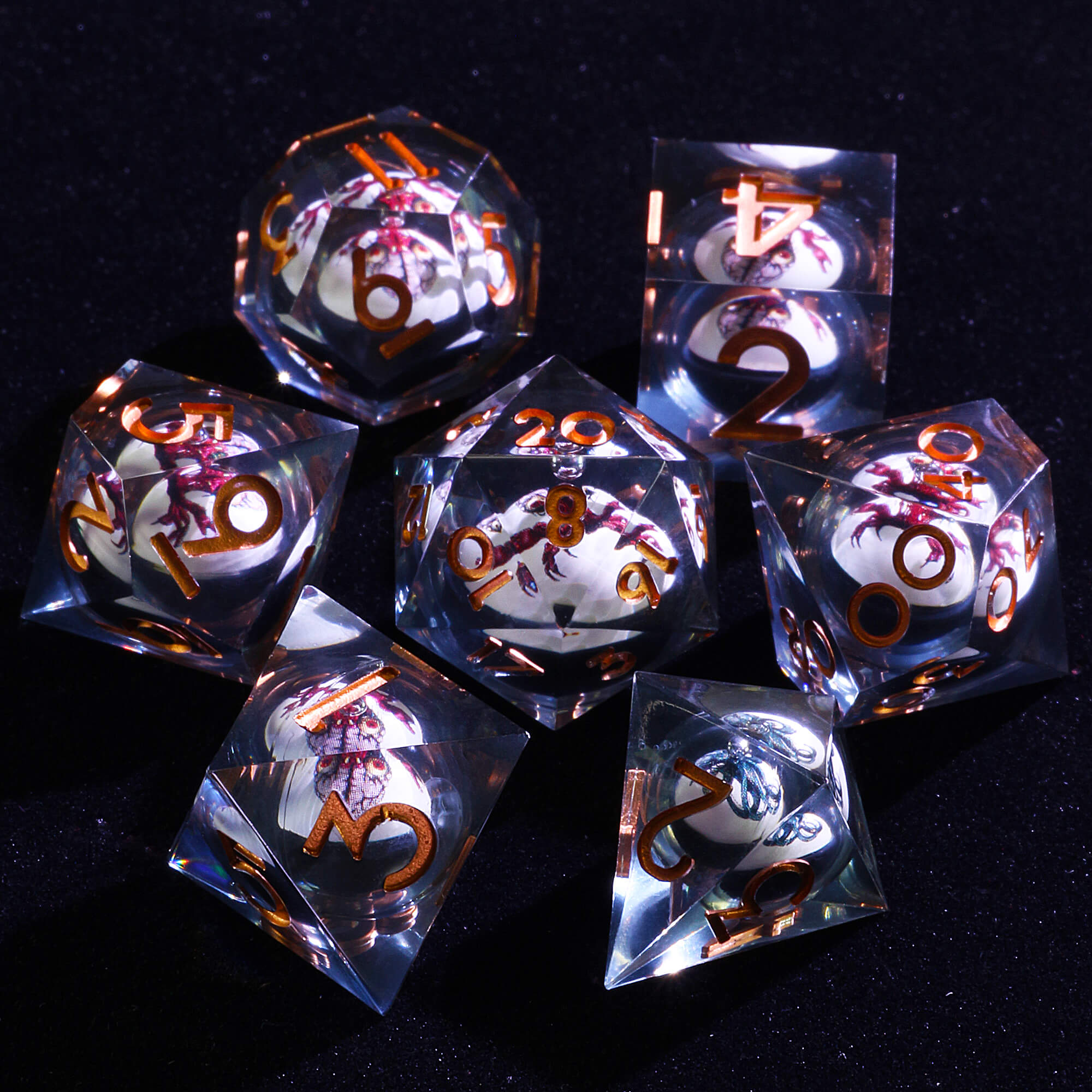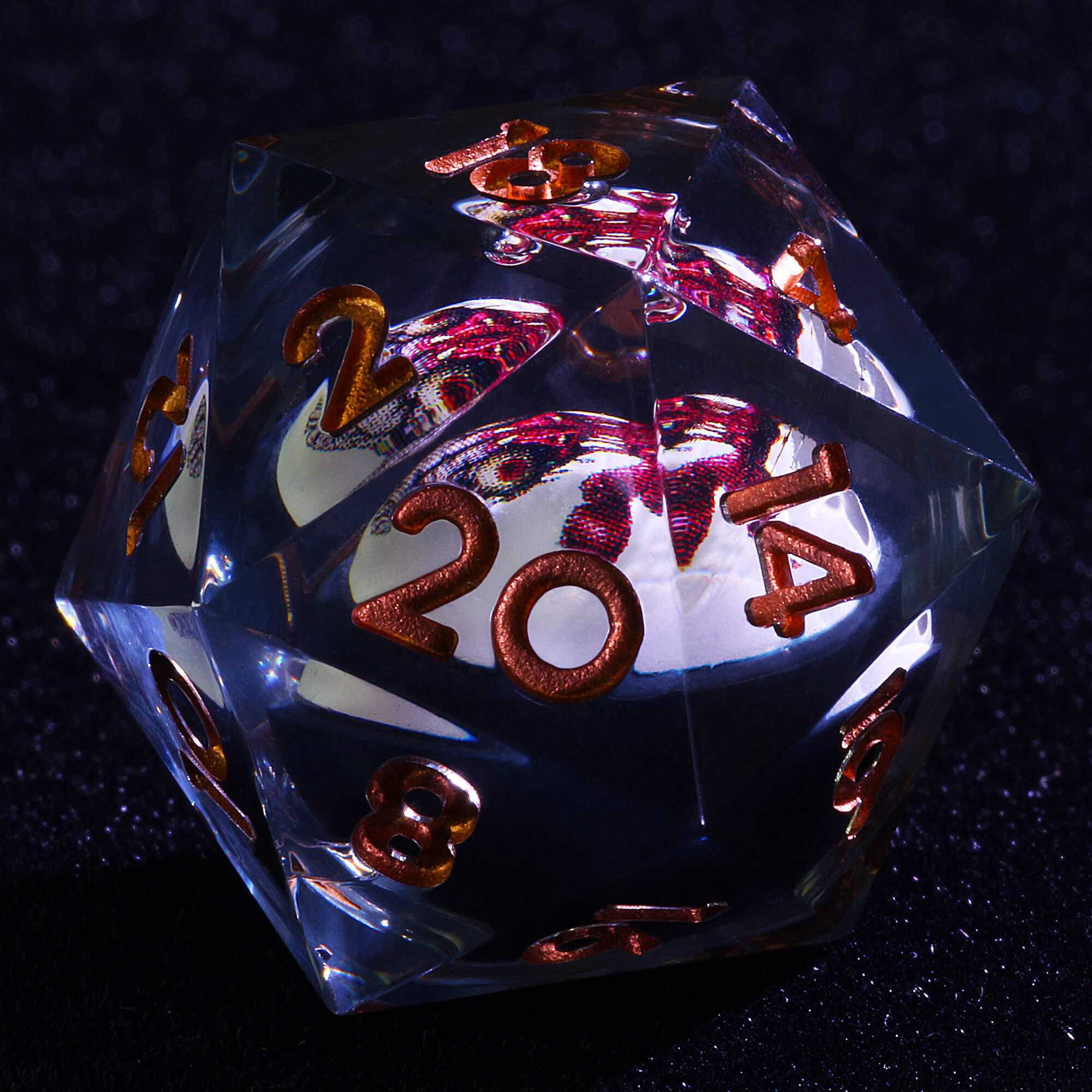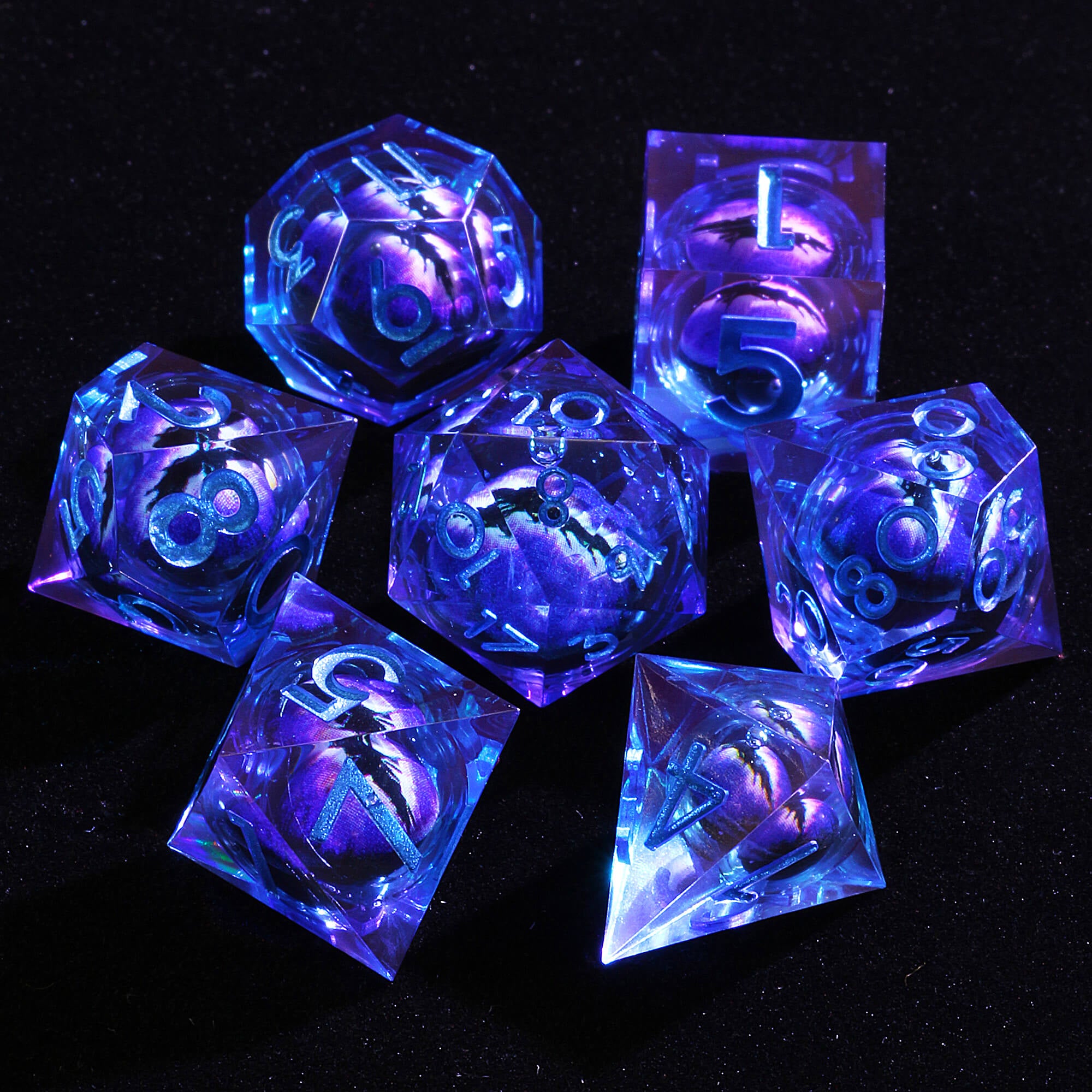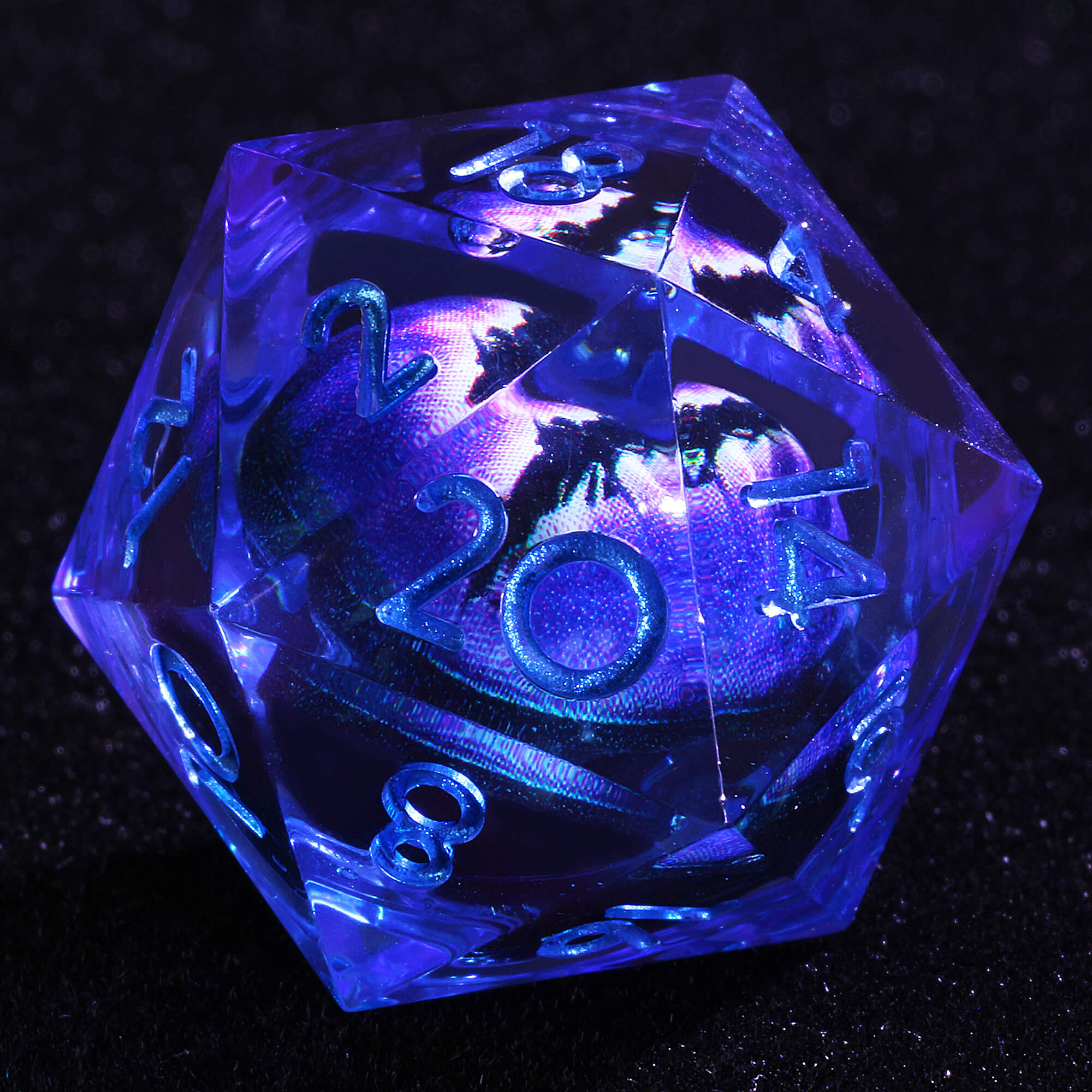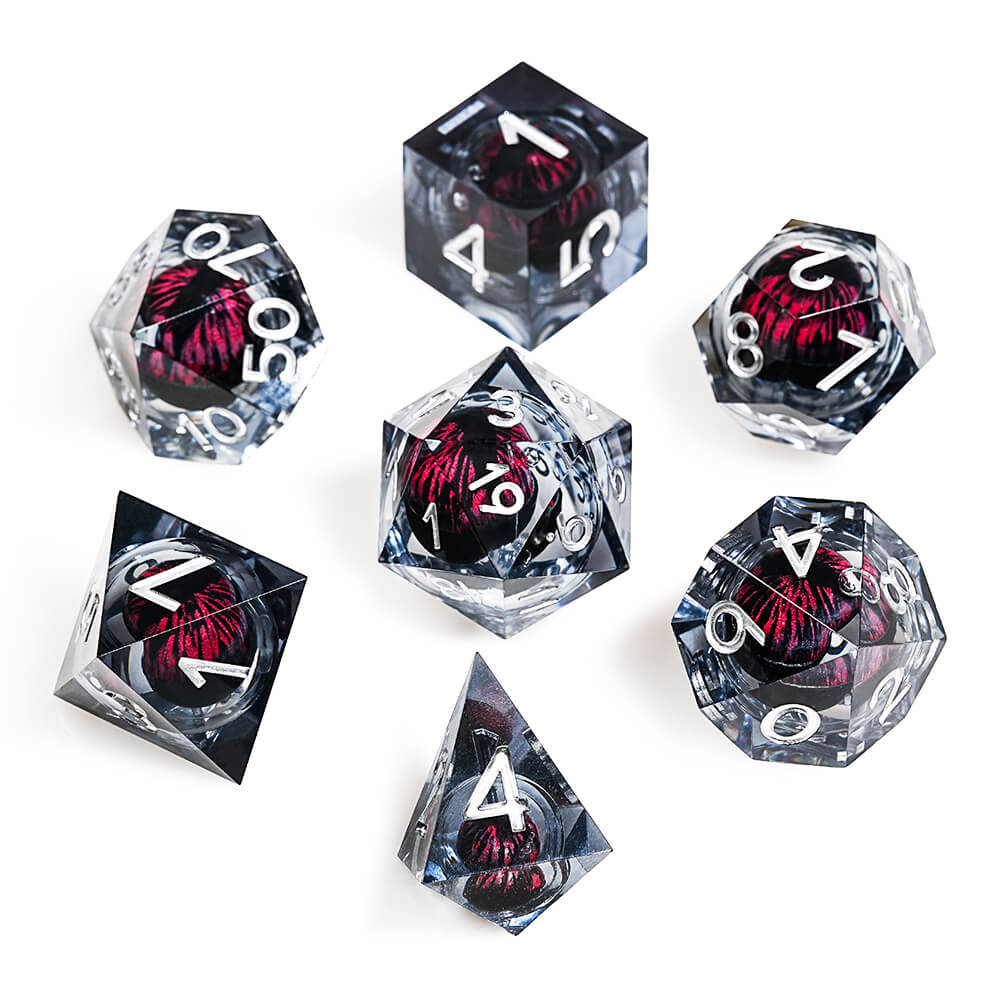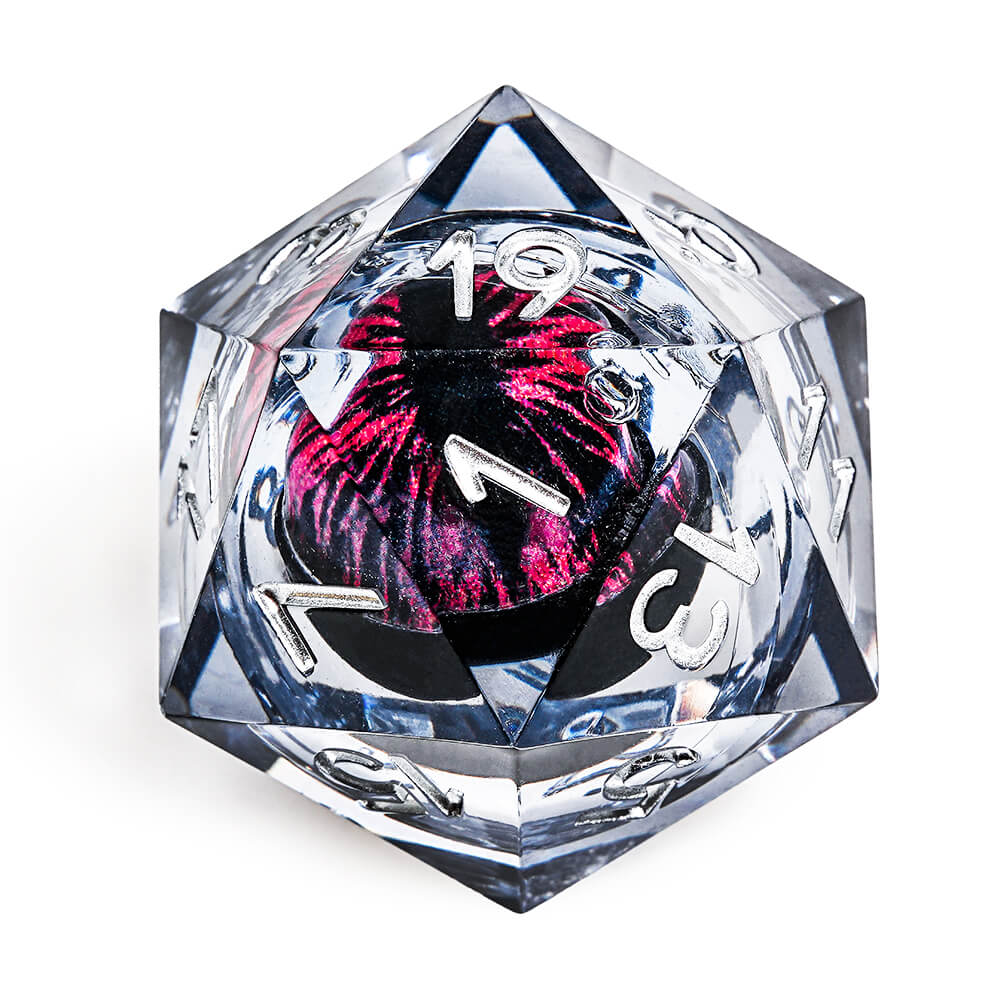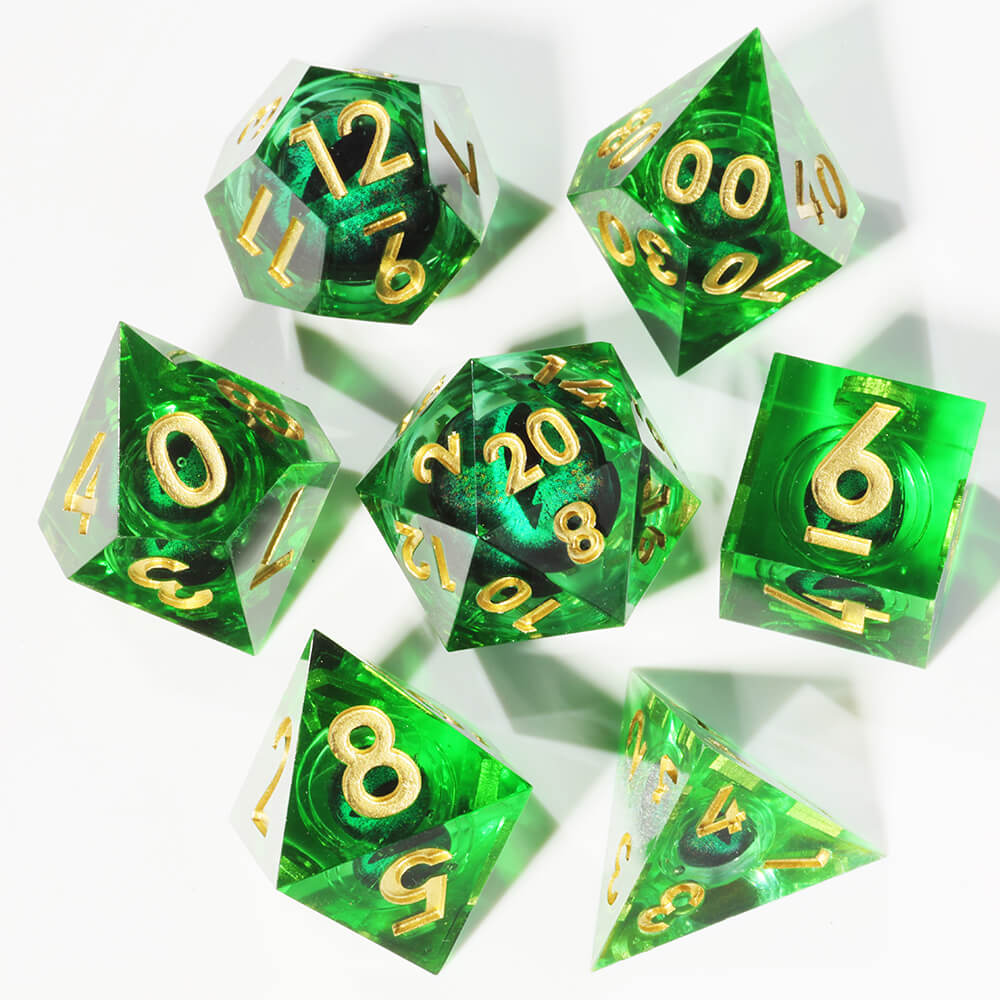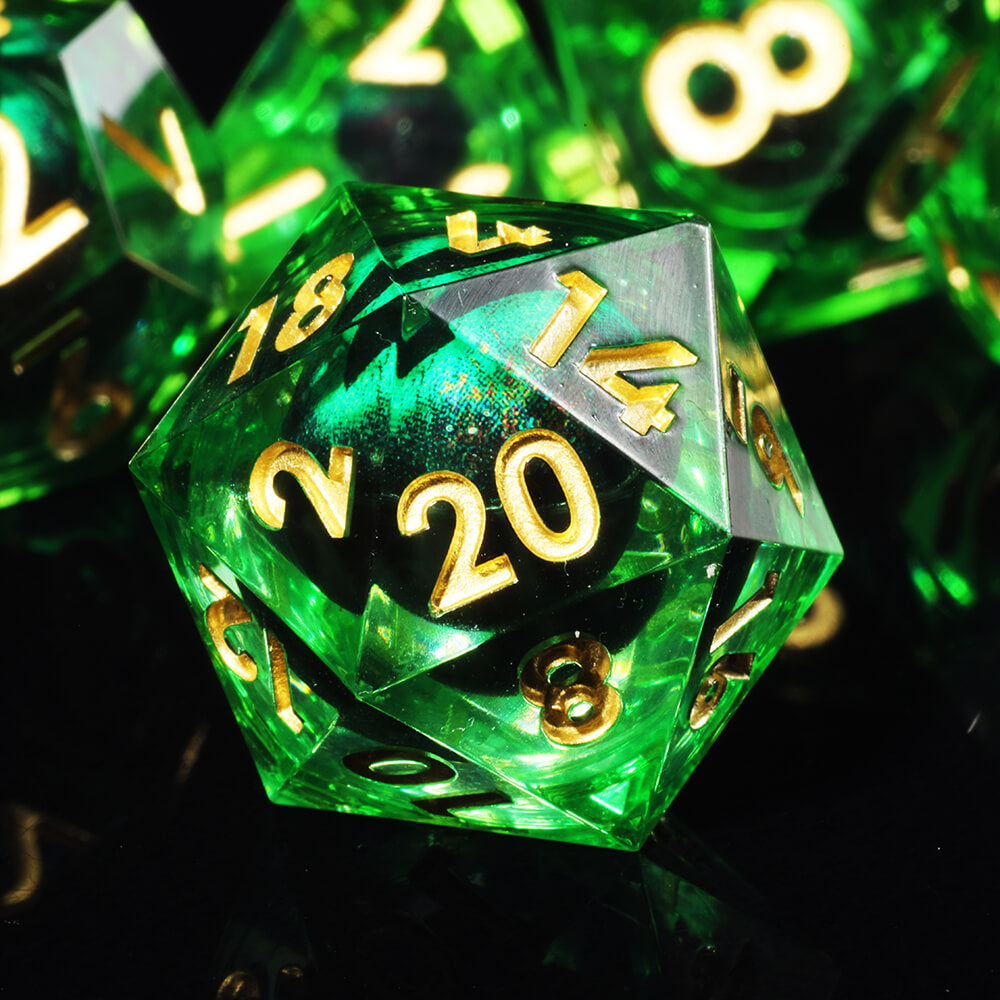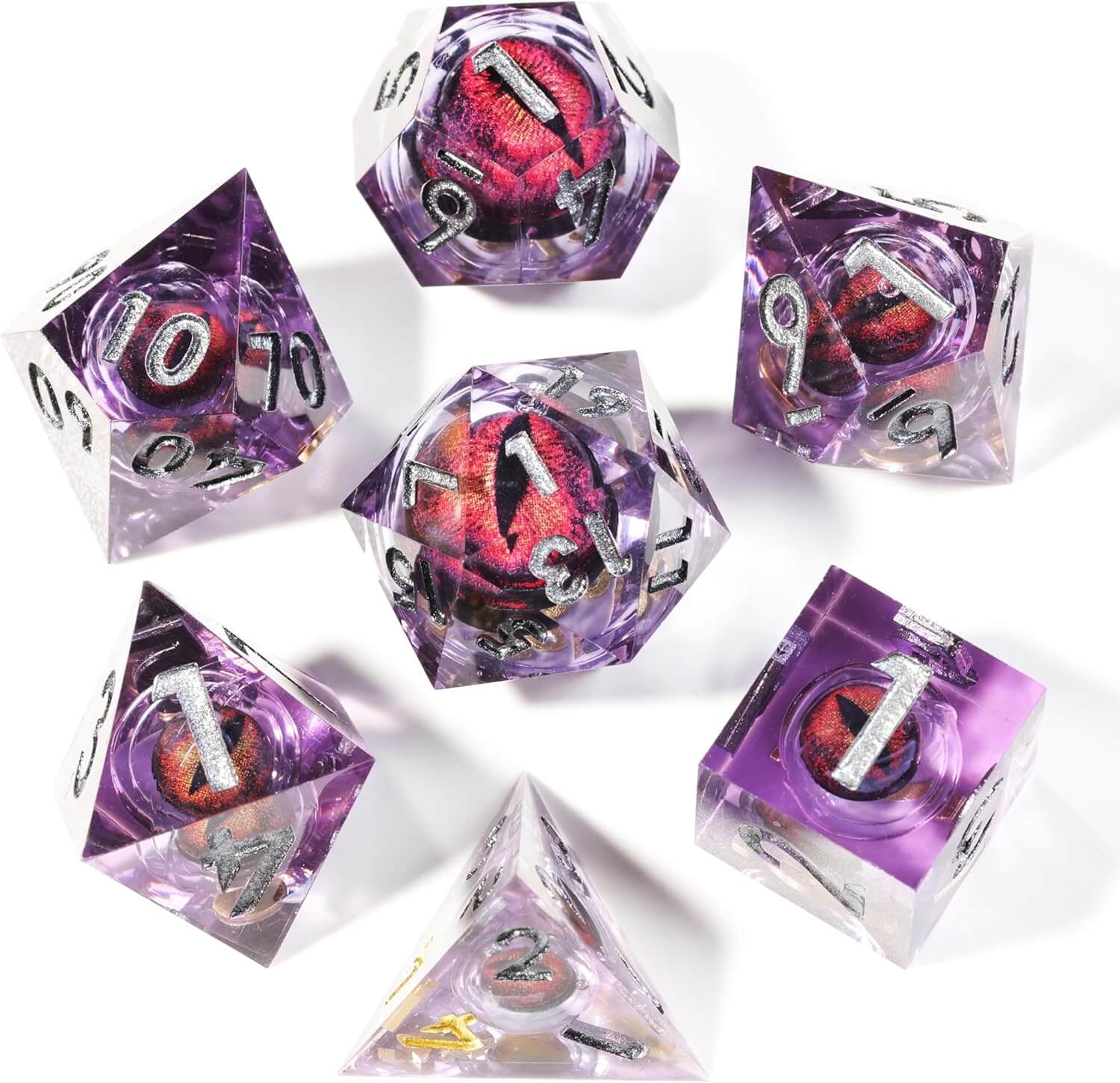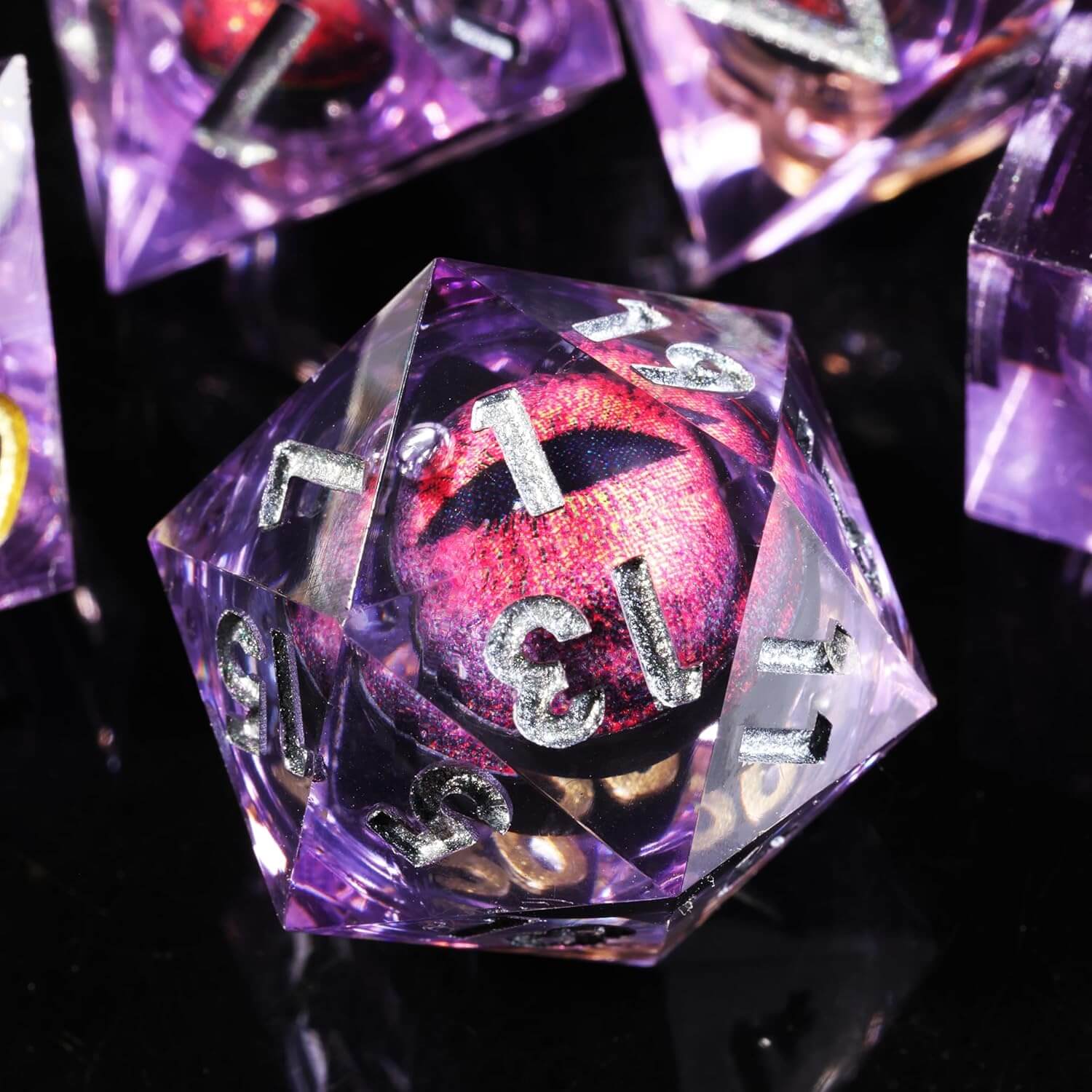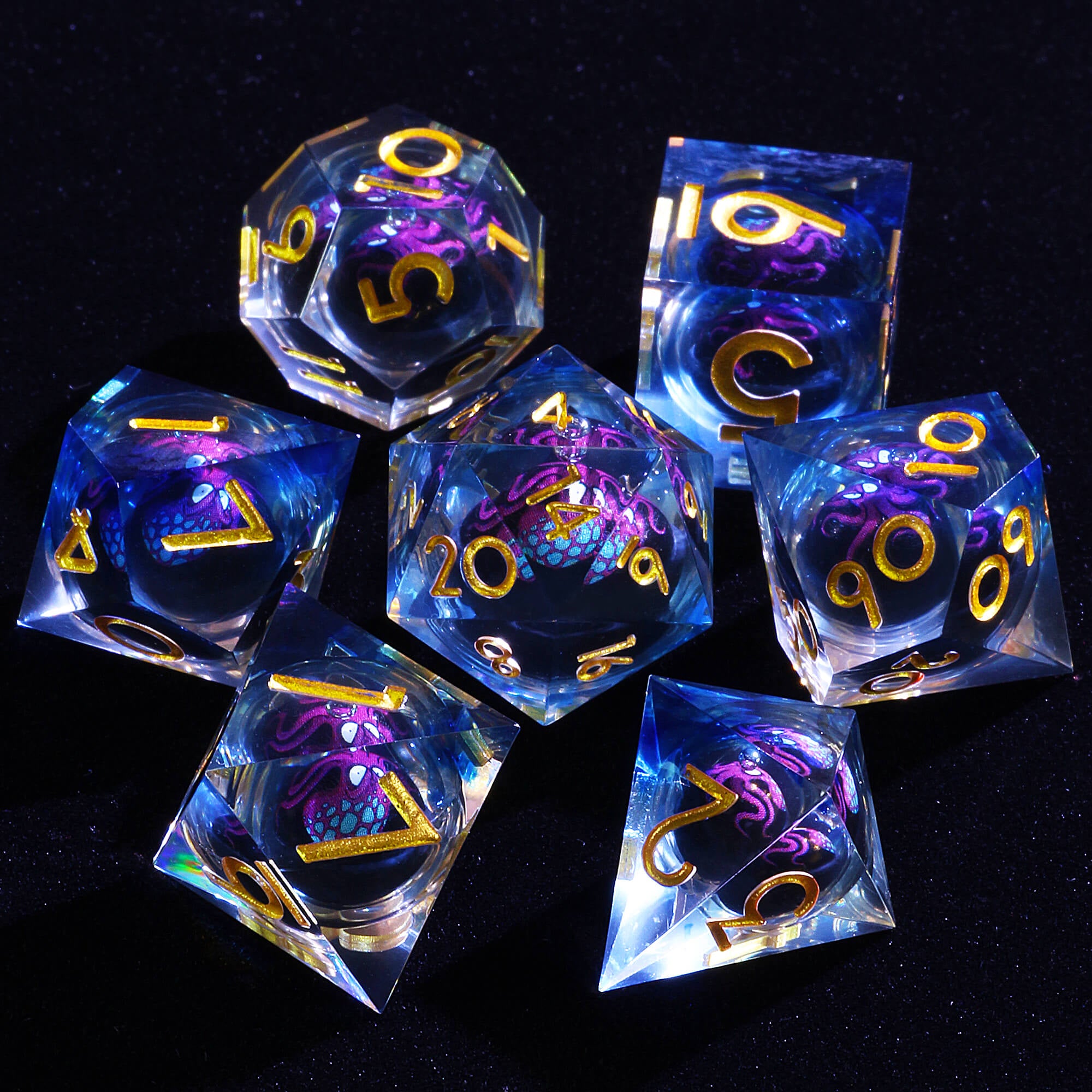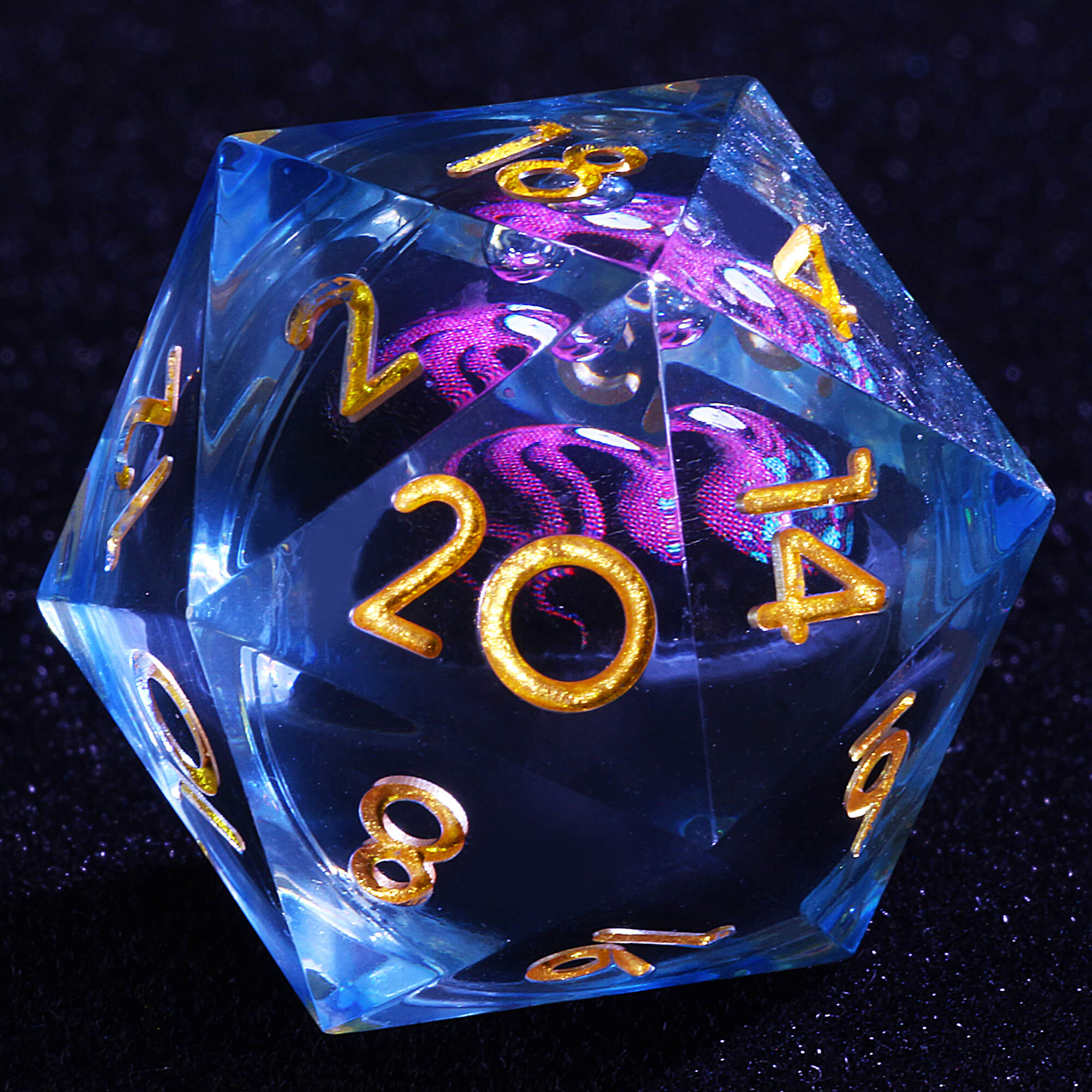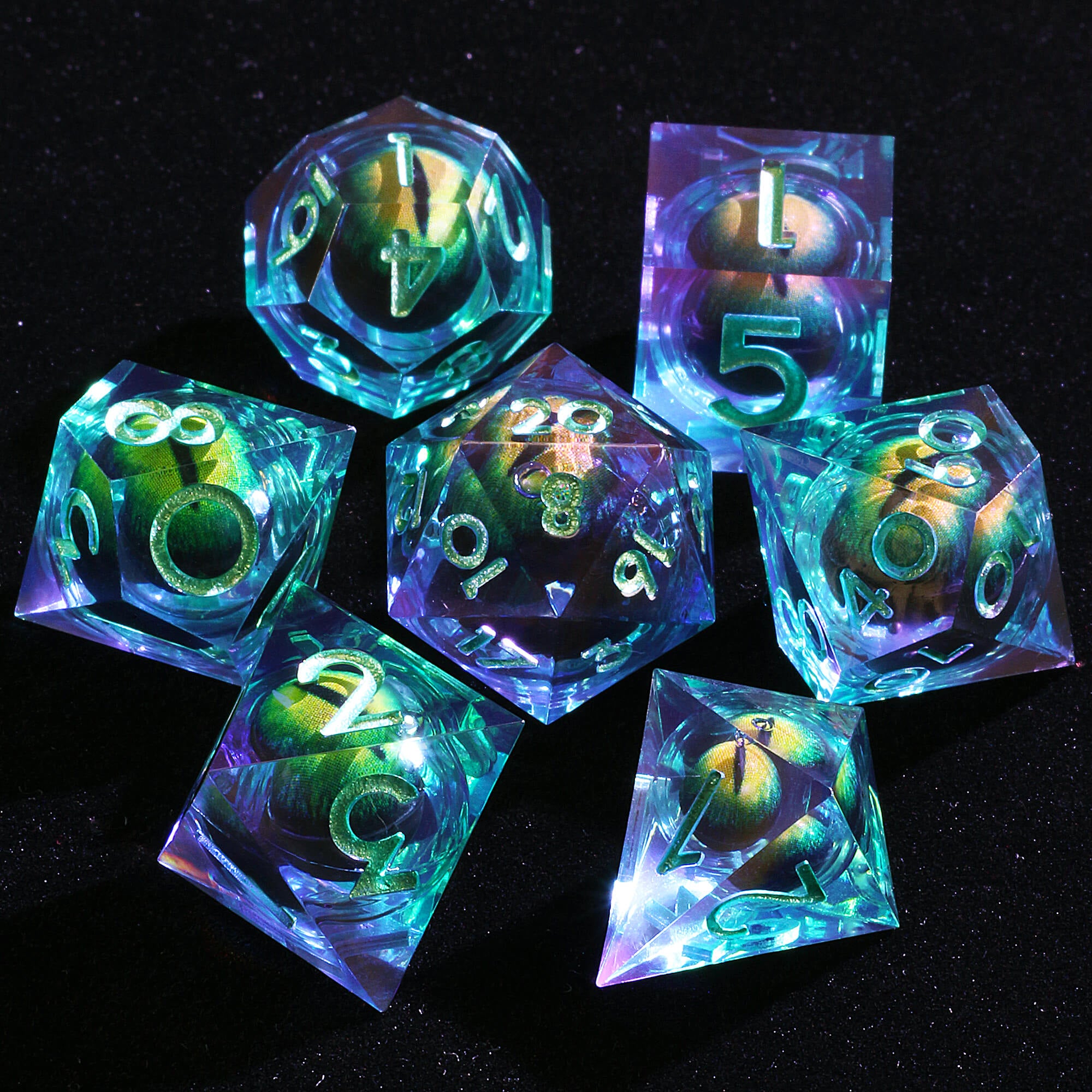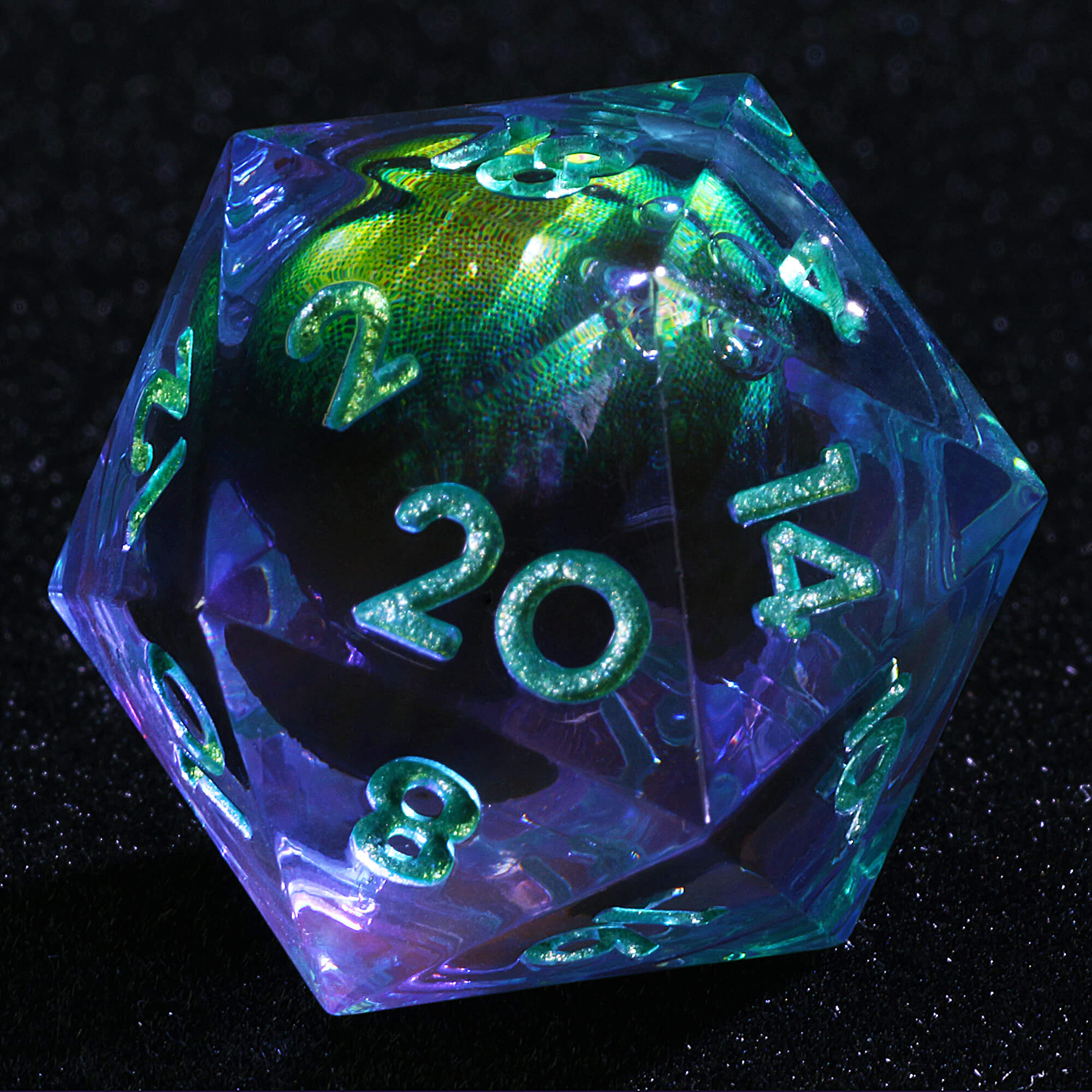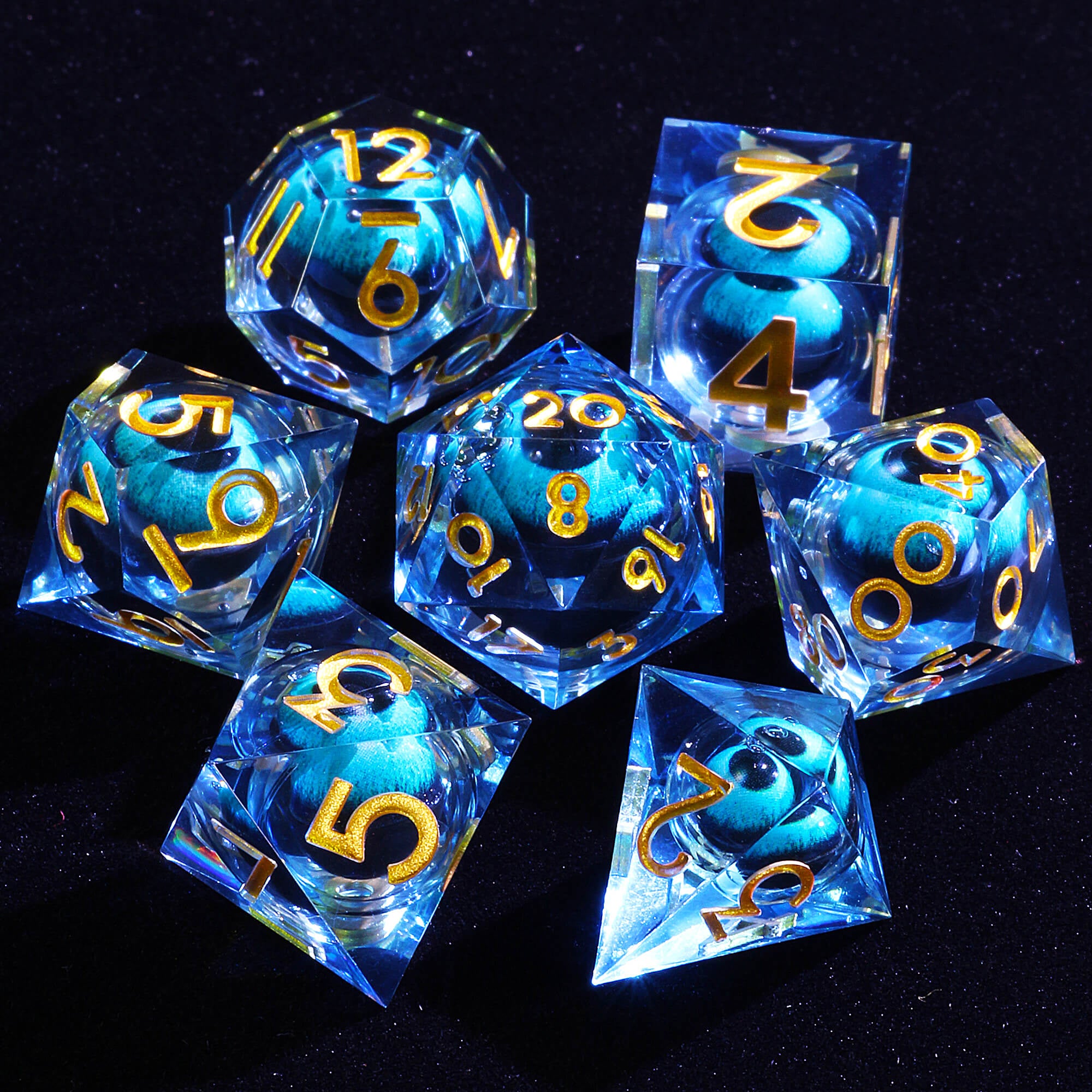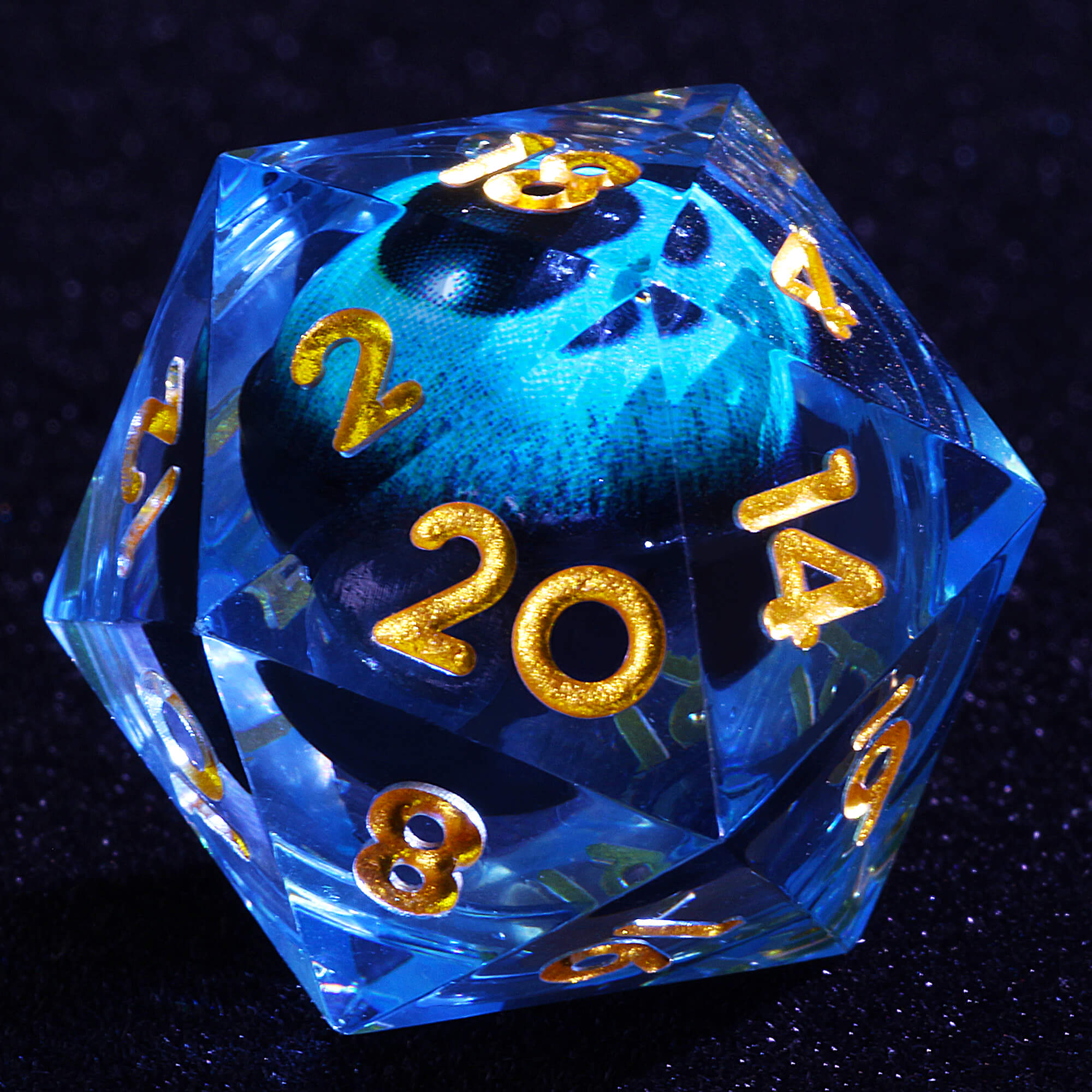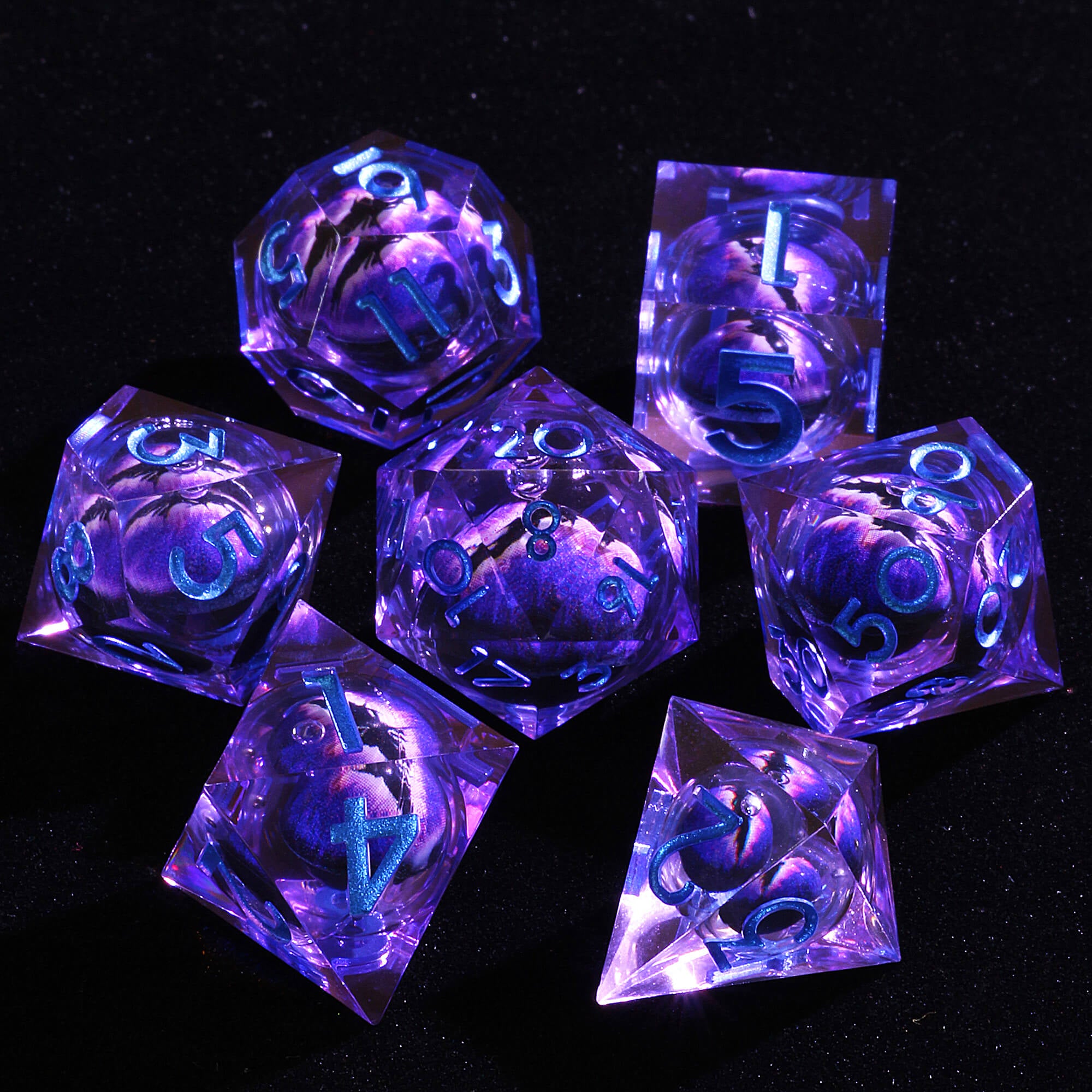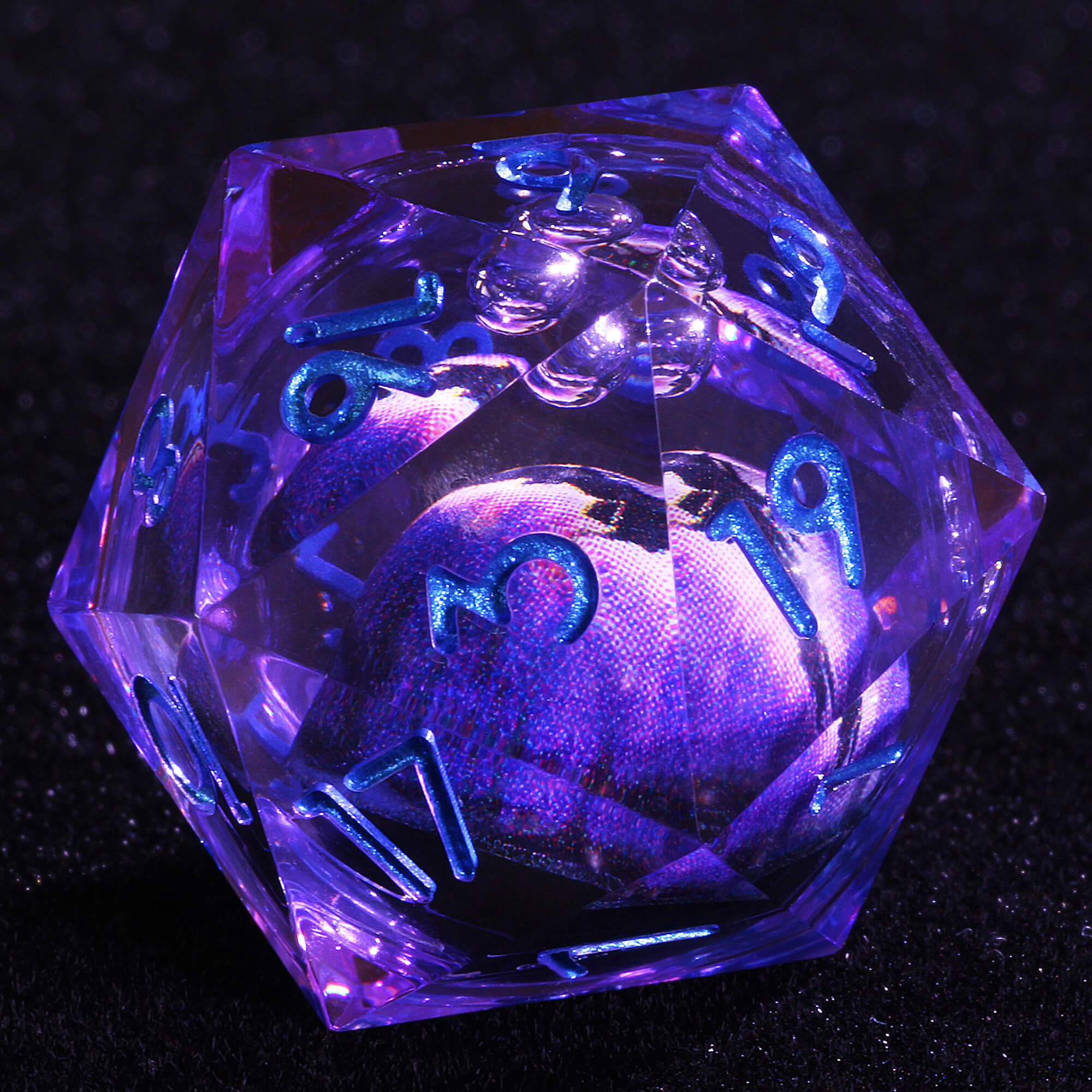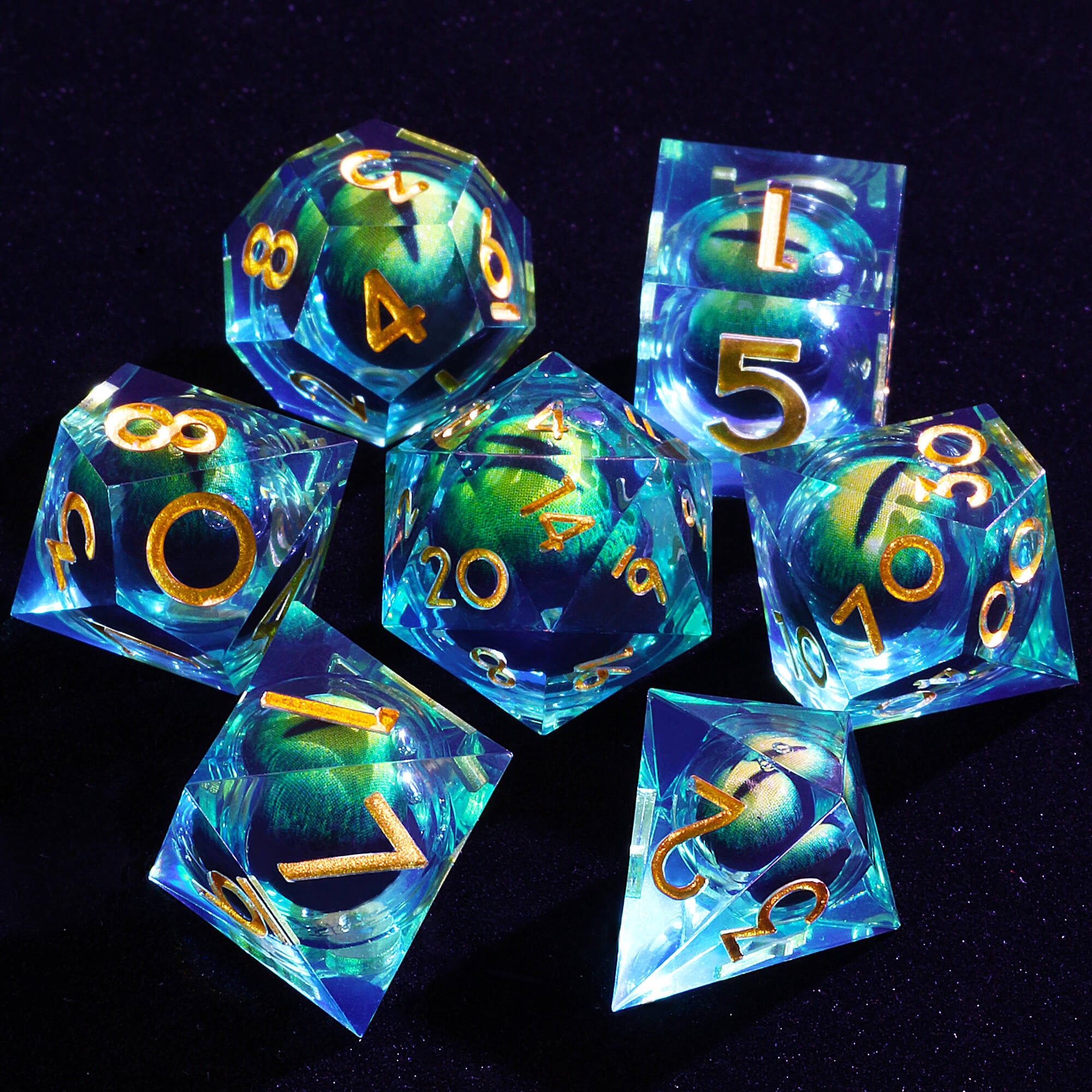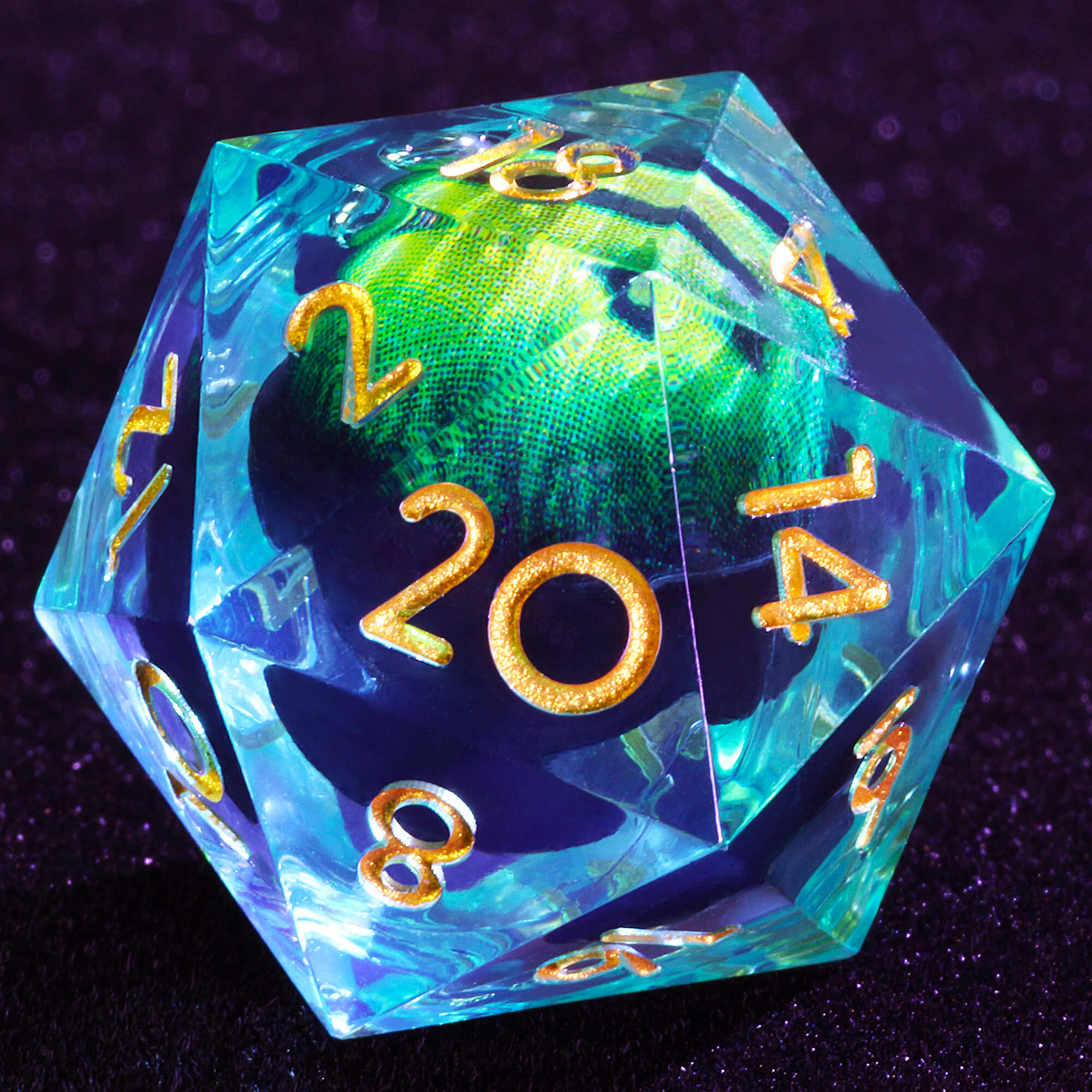If there's one thing fantasy lovers can agree on, they can never agree about Wyverns and Dragons. Are Wyverns budget Dragons? Are Dragons overhyped reptiles? This debate has fueled endless late-night tabletop arguments, online discussions, and possibly even a few broken friendships.
But why does it matter? For tabletop gamers, understanding these creatures could be the difference between surviving a campaign or losing your favorite rogue to a venomous tail sting. For writers, it's about getting the lore right and avoiding the wrath of eagle-eyed fans. And for everyone else? Well, who doesn't enjoy a fiery debate over mythical creatures?
Let's examine the scales, wings, and venom to finally clarify this eternal face-off.
Anatomy Showdown: Wings, Limbs, and More
To understand the differences between Dragons and Wyverns, let's look at their physical structure, starting with their limb arrangement.
Dragons:

These creatures are ultimate multitaskers. With four legs and two wings, Dragons have six limbs in total. This anatomical design allows them to stomp around on the ground, claw enemies mid-flight, and carry treasures back to their lairs without breaking a sweat. In ancient myths, this unique structure symbolized a creature that could control both the heavens and the earth.
Wyverns:

Unlike Dragons, Wyverns have only two legs and two wings. Their streamlined and efficient body structure makes them fast, agile predators. Their design is reminiscent of birds of prey, built for swift strikes and tactical retreats. In heraldry, they are often depicted as symbols of destruction, reinforcing their role as fearsome aerial hunters.
Magical Prowess vs. Physical Ferocity
When it comes to powers, Dragons are essentially overachievers, while Wyverns rely on raw physicality.
Dragons:

These legendary creatures are not just powerful; they're versatile. In most mythologies and tabletop settings like D&D, Dragons wield magic—breathing fire, ice, or lightning and casting devastating spells. Their intelligence, tactical cunning, and magical abilities make them formidable opponents and perfect villains. Dragons can even manipulate the terrain and elements around them, using their lairs to control the battlefield.
Wyverns:

While Wyverns lack magical abilities, they make up for it with speed, strength, and venomous tail. Their venom is a dangerous weapon capable of incapacitating even the most demanding adventurers. The simplicity of their nature makes them more predictable but no less destructive. According to a study on the tactical dynamics of fantasy battles in tabletop RPGs, Wyverns often play the role of fast, lethal predators that rely on agility rather than magical prowess.
In a Game Scenario:
A Dragon encounter might include dramatic swooping, spell-casting, and battlefield manipulation, while a Wyvern ambush feels like a race against time and venom. Think of it as the difference between playing a chess game (with Dragons as the chessmasters) and a fast-paced street fight (with Wyverns as the street fighters).
Lore Across the Ages
The debate between Wyverns and Dragons isn't new—it's been brewing for centuries, with deep roots in mythology.
Dragons in Mythology:
- Chinese Dragons: Revered as symbols of wisdom, power, and prosperity, Chinese dragons are often depicted as celestial beings, not mere monsters. They are associated with rain, rivers, and the heavens (as seen in ancient Chinese folklore).

- European Dragons: These creatures, often portrayed as hoarders of gold and destroyers of villages, have long been central to medieval stories. In some cultures, like Norse and Celtic traditions, Dragons were symbols of strength and wisdom, though their depictions varied greatly.

Wyverns in Mythology:

- In medieval heraldry, wyverns were symbols of chaos, destruction, and war. They were used to mark banners, shields, and coats of arms, warning enemies of impending doom. Unlike Dragons, Wyverns were not considered intelligent or magical but rather more primal and feared for their raw power.
Modern Fantasy Roles:

- In modern fantasy, Dragons are often depicted as ancient, wise beings. At the same time, Wyverns are cast as mid-level challenges that offer a thrilling encounter but not an existential threat to the story.
Fantasy Blurs the Lines: Modern media often mixes traits between Wyverns and Dragons, adding to the confusion. Shows like Game of Thrones feature creatures that are anatomically Wyverns but are called Dragons. Meanwhile, The Hobbit and How to Train Your Dragon offers more traditional interpretations of Dragons.
Wyverns and Dragons in Tabletop Games

In tabletop RPGs, Wyverns and Dragons serve different roles in stats and the players' imagination. Here's how these creatures perform when the dice roll:
Dragons: The Big Bad Bosses
- Legendary Actions: In Dungeons & Dragons, Dragons can perform extra actions on a player's turn. This makes them a considerable threat, as they are never limited to just one attack sequence.
- Lair Abilities: The terrain bends to their will, creating an additional layer of danger when players face a Dragon in its home environment.
- Intelligence: Dragons are brilliant and capable of outwitting even the most cunning players by setting traps, negotiating, or manipulating the environment around them.
Wyverns: The Agile Ambushers
- Speed and Agility: Wyverns are fast and agile, often swooping to strike quickly and retreat just as swiftly. Their 80-foot round flight speed in D&D makes them formidable enemies that can hit from the sky, attacking players with little warning.
- Venomous Tail: Their primary weapon is capable of dealing piercing and poison damage. Even a single hit from a Wyvern's tail could spell the end for an unprepared adventurer.
Tips for Dungeon Masters (DMs):
- Wyverns: Use their speed to create tense ambush scenarios. Have them swoop in, strike, and retreat, forcing players to adapt quickly.
- Dragons: Reserve them for grand, climactic moments. Build anticipation by leaving signs of their presence (burnt villages, destroyed landscapes) to raise the stakes before their appearance.
Both Wyverns and Dragons can add drama and excitement to your campaign. For Game Masters, consider adding backstory to your dragons and Wyverns to make them feel like integral parts of the world. For players, teamwork is essential—coordinate with your party to take down these fearsome creatures.
Misconceptions: Clearing the Air
There are a lot of myths surrounding Wyverns and Dragons. Let's address some of the most common misconceptions:
"Wyverns Are Just Baby Dragons": Not true. Dragons are intelligent, magical, and ancient, while Wyverns are more primal and focused on physical prowess. Think of it this way: Dragons are the wizards of the fantasy world, and Wyverns are the athletes.
"All Dragons Breathe Fire": False. While fire-breathing Dragons are iconic (especially the Red Dragon), Dragons come in various types, including those that breathe ice (White Dragons), poison (Green Dragons), and lightning (Blue Dragons). These elemental variations add unique challenges for players.
"Wyverns Are Boring Compared to Dragons": Wyverns shine in their role as fast, lethal threats. They don't need complex spellcasting or lair abilities to terrify a party. Their simplicity is part of their charm, making them perfect for quick, high-stakes encounters.
Wyverns vs. Dragons: Who Would Win in a Fight?

The ultimate showdown—who would win in a battle between a Wyvern and a Dragon? Let's break it down:
Battle Setup:
A jagged mountain range, perfect for a high-stakes aerial duel. The Dragon, perched atop its hoard, is the king of this domain. The sleek and hungry Wyvern is determined to prove it's no underdog.
Strengths and Weaknesses:
- Dragon's Strengths: Elemental attacks (fire, ice, lightning), massive size, and intelligence.
- Wyvern's Strengths: Speed, agility, venomous tail, and stealth.
In a short-term battle, the Wyvern's speed gives it the edge. It strikes quickly, evading the Dragon's fiery breath. However, in the long term, the Dragon's intelligence, endurance, and elemental power allow it to outlast the Wyvern. Despite the Wyvern's best efforts, the Dragon's resilience wins the day.
Conclusion: What Team Are You On?
Dragons or Wyverns? The debate will never end. Whether you prefer the majestic, magical might of Dragons or the fast, ferocious nature of Wyverns, both creatures have a place in the rich tapestry of fantasy lore.
Which creature do you prefer, and why? Join the debate below!
Bring Fantasy Home: Explore Our Dice Se
Ready to roll for initiative in your subsequent epic encounter? Our fantasy-inspired dice sets are here to make every roll as thrilling as a Wyvern's ambush or a Dragon's fiery roar.
- Craftsmanship That Dazzles: Each dice set is meticulously designed to reflect the magic and mystery of the fantasy realm.
- Perfect for Epic Battles: Whether you're rolling for a Dragon's legendary fire breath or a Wyvern's venomous tail strike, our dice are built to add a touch of drama to every game.
- Made for Adventurers Like You: Fantasy lovers, tabletop gamers, and collectors alike will appreciate our dice's unique designs and quality.
Explore our collection and find the perfect dice set to channel your inner adventurer. Trust us—these dice might not guarantee a crit, but they'll ensure you look good trying.

